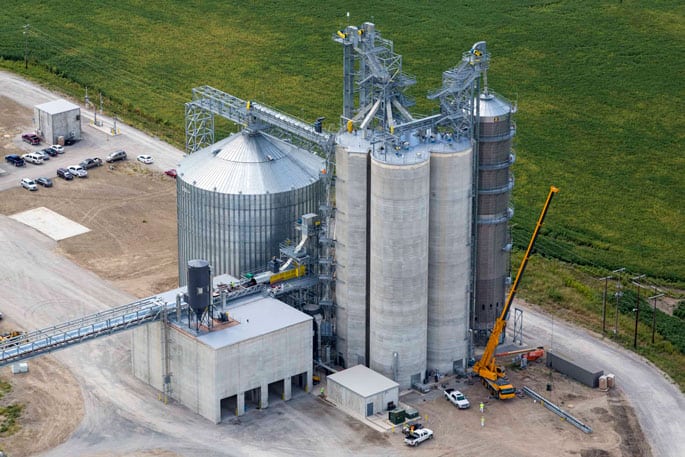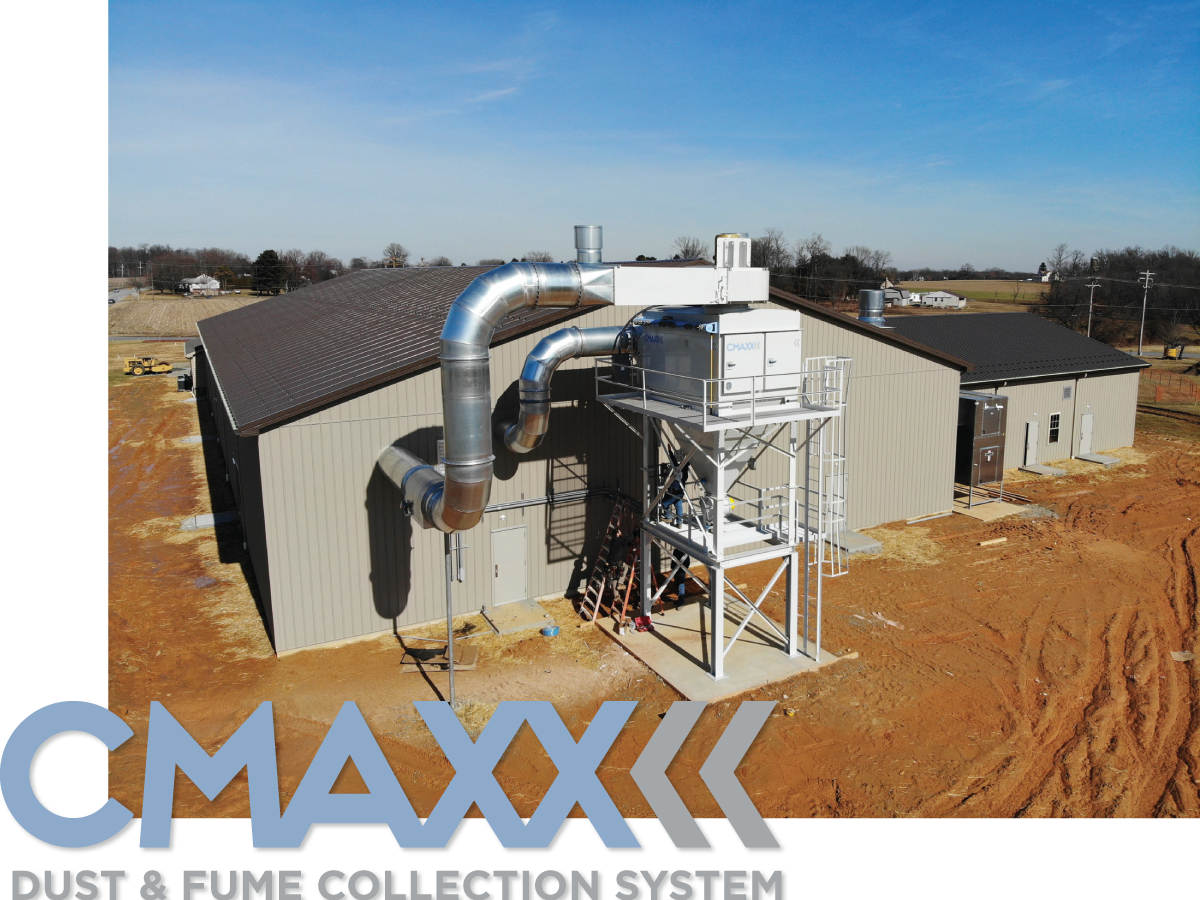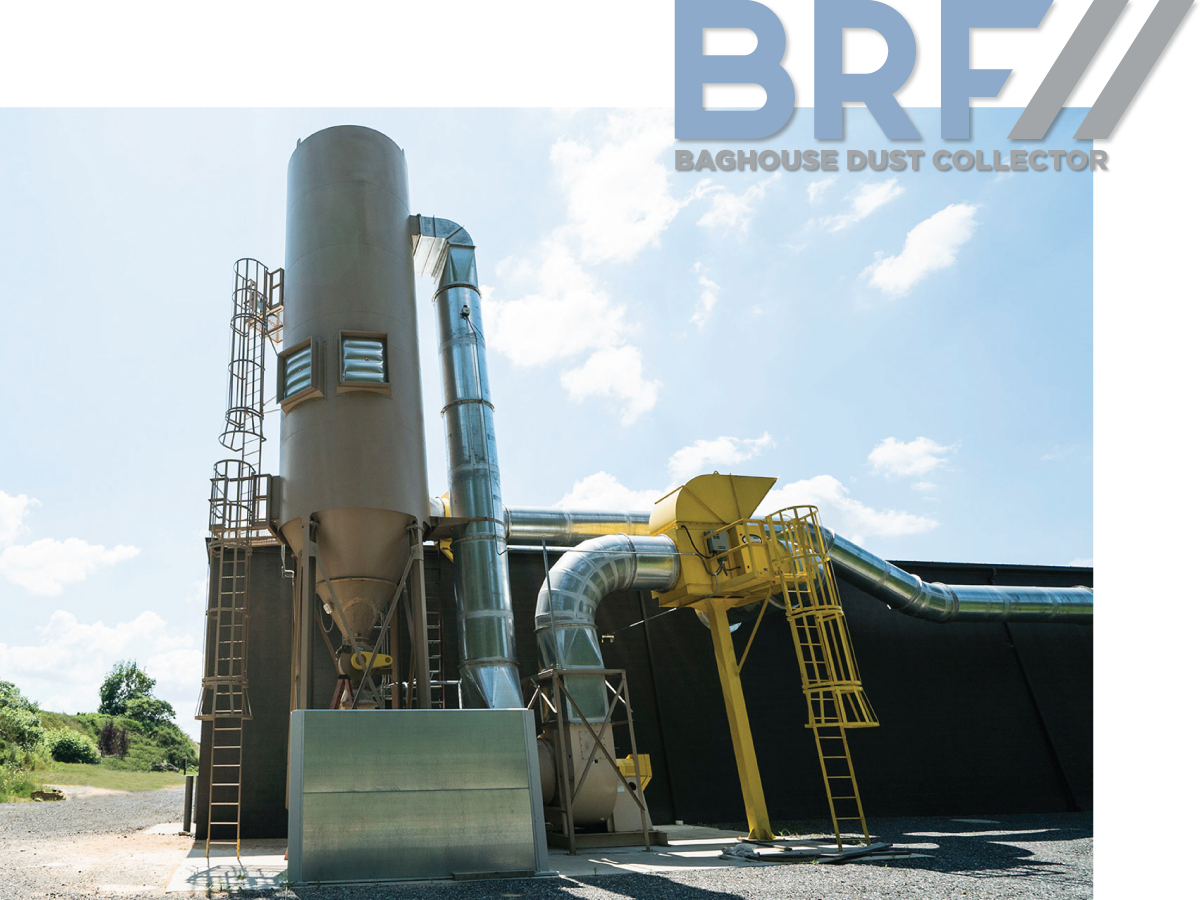Grain Dust Collection
Grain dust poses a significant safety hazard in the grain and seed industry. Dust explosions and fires are frequent occurrences, prompting OSHA to establish a specific combustible dust rule for agricultural settings. Inadequate grain dust control can lead to severe injuries and fatalities.
The characteristics of grain and seed dust vary greatly. Dust particles can range from fine to coarse, and their texture can be abrasive, sticky, or a combination of both. Furthermore, grain processing facilities utilize a diverse array of machinery and processes. To ensure worker safety, OSHA and NFPA standards mandate effective dust control measures throughout all areas of grain and seed handling facilities.
Grain and seed processes that create problem dust may include:
- Conveyors and other transports
- Bucket elevators
- Transfer points
- Hammer mills
- Bin vents
- Silos
- Blenders and mixers
- Truck loading and unloading
The Importance of Grain Dust Collection
Grain dust poses a significant fire and explosion hazard in agricultural settings. When accumulated, it can form combustible clouds that can be easily ignited by sparks, hot surfaces, or even static electricity. These, combined with the potential for secondary explosions, can cause catastrophic damage to facilities, injure workers, and even result in fatalities. Effective grain dust collection systems are crucial for mitigating these risks.
NFPA 61, “Standard for the Prevention of Fires and Explosions in Facilities Using Combustible Dust,” provides essential guidelines for the design, installation, and operation of dust collection systems in grain handling facilities. This standard addresses key aspects such as system design, equipment selection, maintenance procedures, and emergency response protocols. Adhering to NFPA 61 is essential to ensure the safety and integrity of grain dust collection systems and to minimize the risk of fire and explosion incidents.
Things to Consider When Choosing a Grain Dust Collection System
Dust Characteristics
- Particle Size – Fine dust presents a great explosion risk and requires higher filtration efficiency.
- Moisture Content – Sticky dust may clog filters, while dry dust may be more prone to ignition.
- Abrasiveness – Equipment components may be prematurely worn down by abrasive dust if not accounted for in system design.
- Dust Volume – The amount of dust generated will determine the required airflow and system capacity.
Process Requirements
- Dust Collection Points – Identify all areas where dust is generated.
- Airflow Requirements – Ensure sufficient airflow to capture dust effectively at each source.
- Accessibility for Maintenance – Allow for easy access to filters, hoppers, and other components for cleaning and inspection.
Safety Considerations
- Explosion Protection – Incorporate explosion venting, suppression systems, or other safety measures to mitigate explosion risks.
- Fire Suppression – Consider installing fire suppression systems within the dust collector and surrounding areas.
- Compliance – Ensure the system complies with all relevant safety standards, such as NFPA 61.
Environmental Considerations
- Dust Emissions – Minimize dust emissions to the environment to comply with local regulations and protect air quality.
- Waste Disposal – Plan for the safe and responsible disposal of collected dust.

Cyclone
If your woodworking application produces larger chunks of wood as well as finer dust, a cyclone might be helpful. The purpose of a cyclone is essentially to sort the larger material before it enters the cartridge or baghouse unit. A cyclone will drop out the heavier material and allow the finer dust to continue on to the dust collector.
Chemical Isolation Systems
A rapid discharge of a chemical explosion suppressant prevents the flame from continuing to other ares of your dust collection system. This is best used when explosion venting is not an option.
Spark Trap
A Spark Trap creates a tortuous path that slows sparks and embers down and causes them to loose heat. This prevents sparks from entering the dust collector and creating a fire. Spark Traps are recommended by NFPA as part of a complete fire prevention system.
Rhino Drum
The Rhino Drum Explosion Tested Drum Kit is a cost efficient alternative to a rotary airlock, and can withstand an explosion up to 7 psi. With a tool free design and no moving parts, the Rhino Drum can be quickly emptied for easier maintenance.
Abort Gate
An Abort Gate is typically situated on the return air side of the dust collector and diverts clean air, sparks, and fumes. An Abort Gate can also be trigged by a spark detector or broken bag detector, preventing harmful material like fire and smoke from entering the building.
Explosion Venting
Explosion venting allows a flame front and pressure wave to escape from within a collector and dissipate into the atmosphere. Explosion vents include a burst indicator that alert in the event of a deflagration.
Explosion Isolation Valve
This system is installed on the ductwork and detects any sparks that are present in the duct. Once detected, sparks are extinguished downstream before they can continue on and cause further damage to equipment or reenter the facility.
Airlocks
Our Airlocks maintain a consistent seal at the outlet of the dust collector while allowing material to continuously pass through. This seal also allows discarded material to be properly discharged, and prevents it from returning to the dust collector.
A Modern Approach to Grain Dust Collection
The industrial dust collection industry is witnessing a notable shift towards cartridge filter dust collectors in grain dust applications. Traditionally, baghouse collectors dominated this sector, relying on large fabric bags to capture dust particles. However, cartridge collectors, with their high surface area and compact design, are increasingly gaining traction.
This shift is driven by several factors, including advancements in cartridge filter technology, the need for more efficient and space-saving solutions, and the growing emphasis on energy efficiency. Cartridge collectors offer several advantages over baghouses, such as lower energy consumption, easier maintenance, and a smaller footprint, making them an attractive option for many grain processing facilities.


